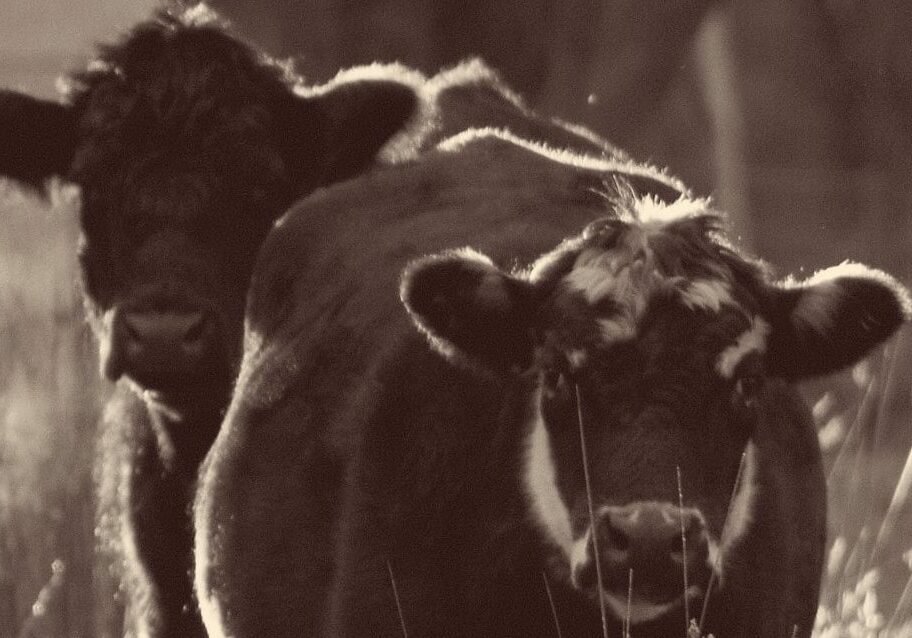Farming
Early Farming in the Upper Murray
Farming in the Upper Murray started with the era of the grazing licenses in the mid-1830s, south-eastern Australia experienced severe and prolonged drought, by then the wealthy and connected people of European descent who had taken possession of grazing lands to the north of the Upper Murray were desperate to find additional quality grazing country and water for their livestock.
Upon discovering the existence of the Upper Murray, the first grazing pioneers quickly took up 'runs' of enormous acreage along the Murray River and its many tributaries. The Shelley brothers, lodged the first applications for grazing licenses in the Upper Murray in late 1836. The first person to take up a grazing license on the land now occupied by the Corryong township was Charles Cowper in 1839. Charles also later managed to acquire an additional portion of land near Berringama which he named Cowper's Heifer Station.
With little or no fencing to contain their cattle, sheep and horses, these first pioneers employed whatever labour they could find, including ex-convicts, bounty immigrants and ticket of leave men, to manage their new outstation properties. It was a lonely existence with few comforts and little companionship. Amongst their many attributes, these men, the first cattlemen of the Upper Murray high country, needed to have excellent horsemanship skills in order to manage the animals in their charge.
In the 1860s, the colonial governments of New South Wales and Victoria both introduced a series of Land Acts which resulted in land selection by ordinary families or individuals. More families arrived in the Upper Murray and small communities began to develop into the towns and villages. To keep as much of the land in their control some of the early pioneers were known to have used activities like 'dummying' to secure property ownership. This involved the pastoralist selecting land in the names of employees and his family members (including young children, of which there were often many). After three years the property was paid for by the pastoralist and, in most cases, transferred into his name. Despite this, the dominance of the large land owners in the landscape began to decline.
The dairy industry took off in the 1890s.

In 1892 many Cudgewa Valley farmers decided to put their hand up to get into the dairy industry. A dairy cooperative was formed and a factory was set up beside farmer James Briggs' flour mill (which no longer exists), several kilometres north of the Cudgewa township. At the time, small dairy cooperatives, just like the one at Cudgewa, were being set up all around Victoria to produce butter, a product that could be easily transported back for sale in England. Although it began with good intentions, the Cudgewa Dairy Company was initially operated by people with no real experience in managing and operating a butter factory and it was not long before management issues started to cause serious financial problems. The solution was to find someone with more experience to manage the factory and that person was James Ferris, who hailed from Glenormiston. The original Cudgewa Dairy Company factory operated from 1892 until 1898, near the corner of the Cudgewa Valley Road and Ross Lane. James Ferris made major directional changes to the local operation, including the relocation of the factory building to a more central location in the Upper Murray. This new factory was built beside the Thowgla Creek near Corryong in 1898. To encourage more farmers to participate, James instigated the construction of creameries around the wider district. The economic return to farmers and the district was significant.
From that point on, the Upper Murray dairy industry flourished until the 1960s when the milk industry floor price dropped. A number of farmers at the time discovered that they did not have enough land to expand in order to counteract the fall in price and left the industry. The Cudgewa Dairy Company merged with Murray Goulburn in the early 1970s. The Thowgla-based factory closed in the mid 1980s and since then Upper Murray milk producers have had their milk collected daily by milk tankers, which take this milk to processing factories located out of the Upper Murray, such the Murray Goulburn factory at Kiewa - Tangambalanga.
During the 1930s, the era of the Great Depression, was hard on families across the district. The rabbit, first seen in the Upper Murray during the 1890s, was, by then, in plague numbers and extensive damage to farmland and pastures occurred as rabbits created their burrows and ate precious grass. On the flip side, the sale of rabbit skin and meat produced much needed income and an important food source to many families. Many local people worked very hard to trap rabbits, particularly during the winter when the rabbit's thick fur was more valuable. Some, who did very well, were able to buy themselves luxuries like new clothes, cars and, in some instances, land. Corryong had a large rabbit chiller operated by Thomas Borthwick of Melbourne, which collected rabbits around the Upper Murray on a daily basis until the early 1950s.
